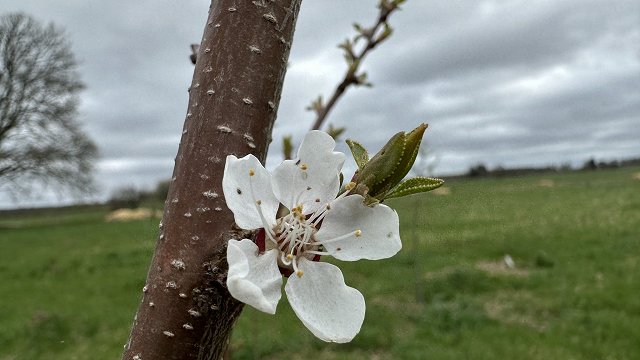Re:Baltica has produced a map (link in Latvian) that shows that while the reform was effective in most regions, in some places where the number of schoolchildren is low the wages have actually decreased.
The research also reveals that teachers just outside the capital were the top earners, with the average wage being highest in Mārupe (€1121/month), Olaine (€1013/month), and Ādaži (€987/month).
However in some schools, like Rauna, Aglona and Durbe the average monthly wage was just over €500.
"What are the teachers' wages following the reform, and what has changed? See the map with the average regional teachers's salary," tweeted Re:Baltica.
Kādas ir skolotāju algas pēc reformas, un kas ir mainījies? Izpēti karti ar vidējām pedagogu algām novados. https://t.co/s71riLrYBj pic.twitter.com/q3hCogkIyY
— Re:Baltica (@rebaltica) February 14, 2017
Some high-earner municipalities, like Mārupe and Ropaži were very generous in sponsoring teachers' pay, but others such as Olaine and Ādaži were able to boost salaries by way of optimizing the school network.
Mārupe co-sponsored 18% of teachers' wages, Ropaži topped their teachers' salaries by 16% and Pārgauja by 13%.
There were 21 municipalities that did not provide their teachers extra pay.
Under the reform, wages did not increase for teachers who teach grades 7 to 9 or 10 to 12 in schools that have less than 21 (regional schools) or 64 (city schools) pupils in the respective grades.
"When we talk about how many schools and teachers we have - which is a tough topic on an emotional level - we've talked that the small schools, the empty schools often harm the students [in the countryside] because they fall a year behind their urban peers," Sanita Jemberga, a researcher at Re:Baltica told Latvian Radio February 15.
"This map shows that it harms the teachers too. The correlation is obvious - the fewer schools and fewer pupils a region has, the smaller the teacher's wage is," said Jemberga.

























